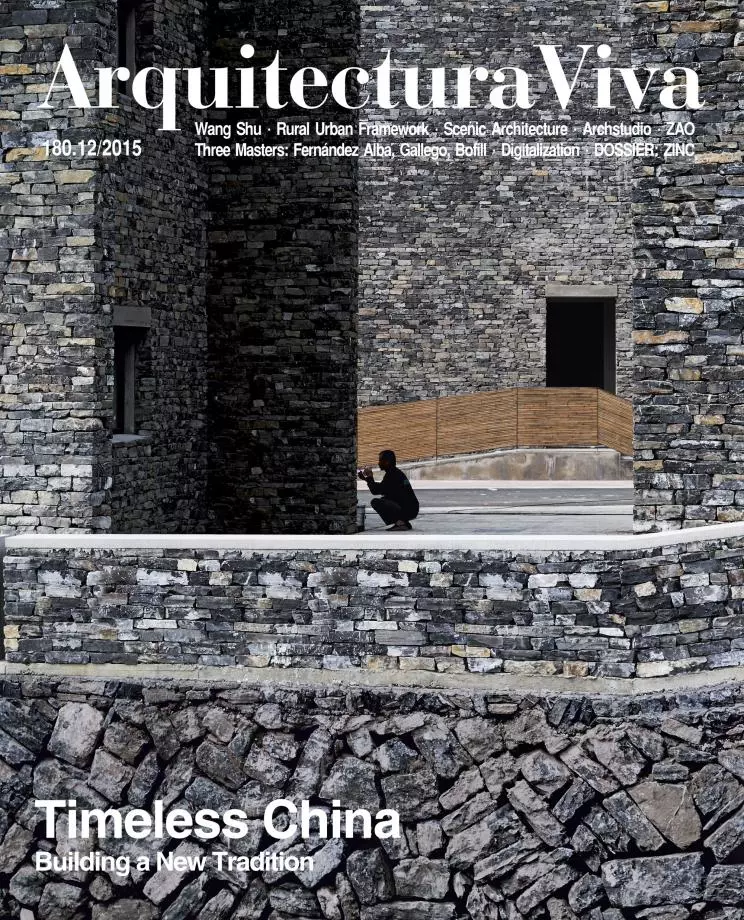China: Building a New Tradition
In Search of Lost Time

China has seen cities and buildings advancing triumphantly for the past three decades. At a speed and scale never seen in the West, high-rise buildings are springing up swiftly in the cities while the historical blocks, built over hundreds of years ago, are progressively being dismantled. The rapid advent of modernity is accompanied by the disenchanting duplication of modern western civilization. China’s construction industry has thus received severe criticism from the international academia, with the concern that perhaps the loss of China’s unique cultural characteristics and its breaking from its construction traditions may bring about nothing but water without source and trees without roots.
In a review of ten years ago, I pointed out that China’s architecture was either adopting brand-new architectural forms which had no cultural association with Chinese tradition at all, or simply duplicating images of traditional Chinese architecture – that is, making mere appropriations of traditional Chinese typology, such as gardens, rather than translating them into contemporary languages. Today, as I look back and reflect on the changes that have taken place over the decade, I am pleased to see contemporary Chinese architects constantly employing the new products emerging en masse to express their interpretations of tradition in plural yet individual ways. A cultural consciousness rooted in the collective unconsciousness is now taking on varied contemporary forms...





